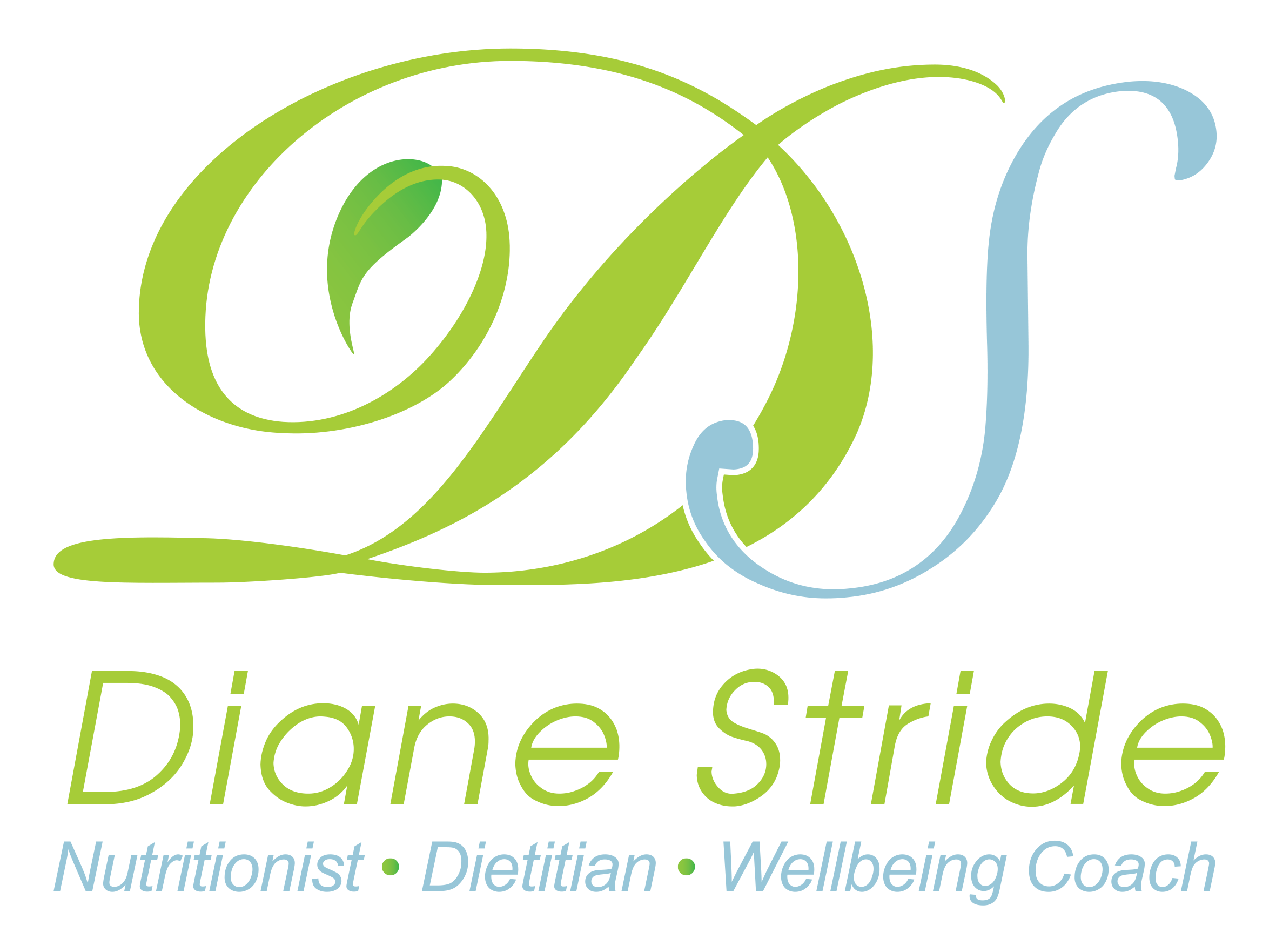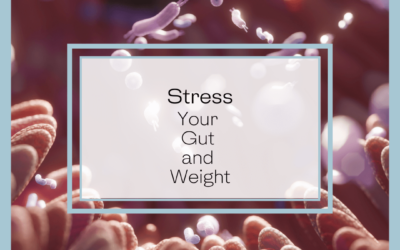“May contain traces of…”
How accurate are allergen statements?
For people with allergies, it can be a bit of a minefield trying to decipher which foods are safe to eat and which aren’t.
Which is better?
“may contain traces of”,
“made on the same production line”, or
“made in the same factory”
The answer is that none of them are safer – these statements are all completely voluntary statements, and none of them holds more weight than any of the others. What this means is that if a product doesn’t have any allergen warnings, there is no guarantee that it is safer than one with a “may contain” statement.
Manufacturers are meant to declare if certain allergens are present. I recently, however, saw a food item that had “may contain milk products” when in fact one of its ingredients was milk solids. The allergen statement should have read: “contains milk products as listed” and not “may contain”.
What does this mean for consumers?
If you are concerned, phone the manufacturing company and speak to the product development or quality control manager and find out specific information:
What else is made in the factory?
Do they use the same production line?
How is the equipment cleaned?
What are the risks of contamination?
Weigh up the risks and make a decision. Some foods will definitely have a higher risk than others. For example, for a nut allergy, companies that make cereals with nuts and without nuts will be a higher risk than a company that only makes potato chips.
To discuss further, please contact me to book an appointment.



